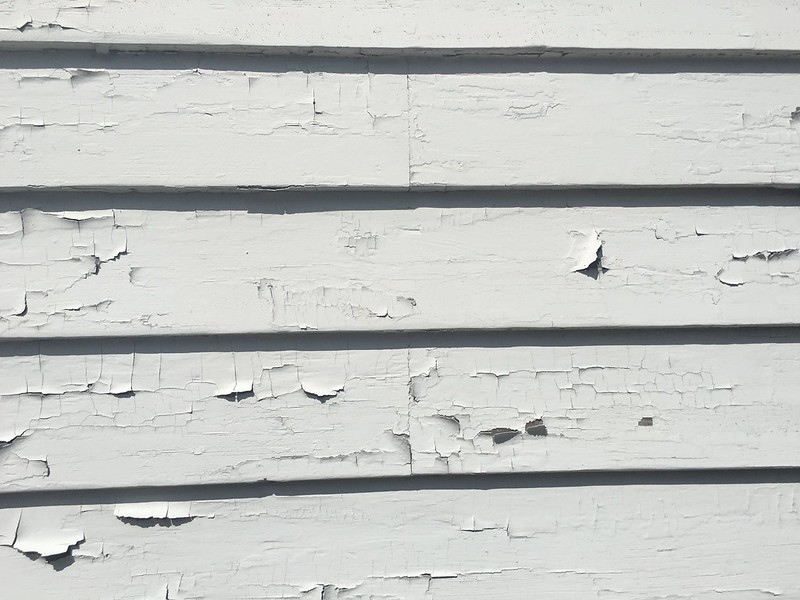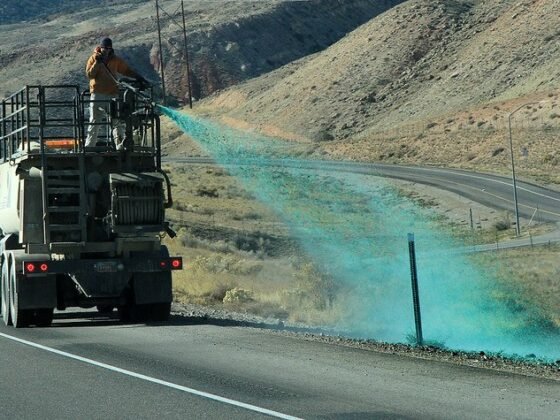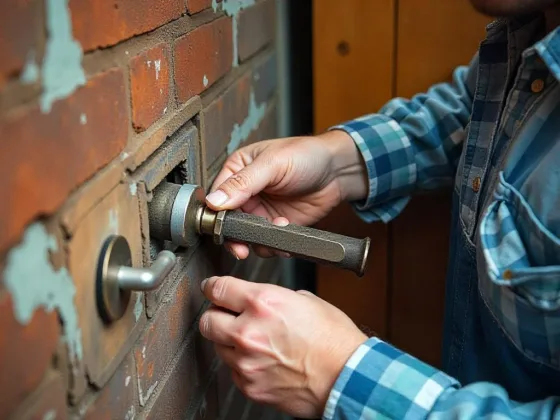Table of Contents Show
If you built your home before 1970, there’s a good chance it contains lead paint. While lead paint is no longer used in homes, it can be a serious health hazard if left unchecked.
This blog post will show you how to identify lead paint and remove it safely. If you’re concerned about lead paint in your home, please reach out to the expert to learn more about Lead Paint Removal Brisbane. They’ll be happy to help!
Before delving into the specifics of removing lead paint, it’s essential to understand a bit of its history. Lead paint was first introduced in the early 1800s and quickly became famous for its durability and resistance to fire.

However, it wasn’t until the 1920s that people fully understood the dangers of lead paint. Lead is a toxic metal that can cause various health problems, including brain damage, seizures, and death.
In 1969, the National legislation passed a law restricting lead paint content. However, lead paint is still present in many older buildings. That’s why it’s essential to test for lead paint and take appropriate steps to remove it.
In 2010, Australia banned the use of lead paint additives; This was a huge step forward in protecting the public from the dangers of lead poisoning. Now that you already know a bit of the history of lead paint let us discuss how to identify and remove lead paint.
Test For Lead in Home’s Paint
If you’re concerned about lead in your home’s paint, there are a few ways you can test for it. You can purchase a lead paint testing kit from a hardware store or hire a professional company to test for lead.
If you suspect that there may be lead in your home’s paint, it’s best to get it tested as soon as possible. Lead can be dangerous for both adults and children.
How To Prepare Your Home for Lead Paint Removal
If you’re planning to remove lead paint from your home, there are a few things you need to do to prepare. First, remove any rugs or furniture from the room; This will help keep the area clean and minimize the spread of paint chips.
Next, cover the floor with a plastic sheet to protect it from any paint chips or dust that might fall during the removal process.
Ensure that you use duct tape to secure the sheet in place. The duct tape will also prevent any paint chips from passing through the edges of the plastic sheet.
Finally, switch off the HVAC system to help minimize the spread of lead dust throughout the house.
Read Also:
Options For Removing Lead Paint
There are different ways of removing lead paint, depending on the severity of the lead contamination and the type of surface being treated. The most common methods are:
Encapsulation
Involves painting over the lead paint with a sealant to prevent further contamination, which is often a temporary measure since it does not remove the lead paint.
Despite being cheaper, chipping away of sealant can occur due to the opening of doors, movement of furniture, and other physical contacts. Thus, leaving you at risk of exposure to the lead-painted surfaces underneath.
Enclosure
This method involves covering the lead paint with a barrier, such as drywall or paneling; This prevents exposure to the lead paint but does not remove it.
Removal
Lead paint can be physically removed by scraping, sanding, or burning. However, professionals should only do this dangerous and challenging process.
Professionals will come equipped with safety gear like a respirator mask fitted with a HEPA (High-Efficiency Particulate Air) filter. Removal also generates a lot of hazardous waste that needs to be disposed of properly.
Replacement
The most permanent solution involves replacing lead paint structures like windows with new, lead-free materials.
Usually, this is the most expensive option, but it guarantees that the lead paint will not be a problem in the future.
Cleanup and Disposal
Once the lead paint has been removed, it’s essential to clean up the area and dispose of the waste properly.
All paint chips and debris should be swept up and placed in a plastic bag. The bag should then be sealed and labeled as hazardous waste.
Lead paint can be a severe health hazard, so it’s essential to take precautions when dealing with it. Always test for lead and follow the necessary safety precautions when removing lead paint. Dispose of the waste properly once the job is done.









